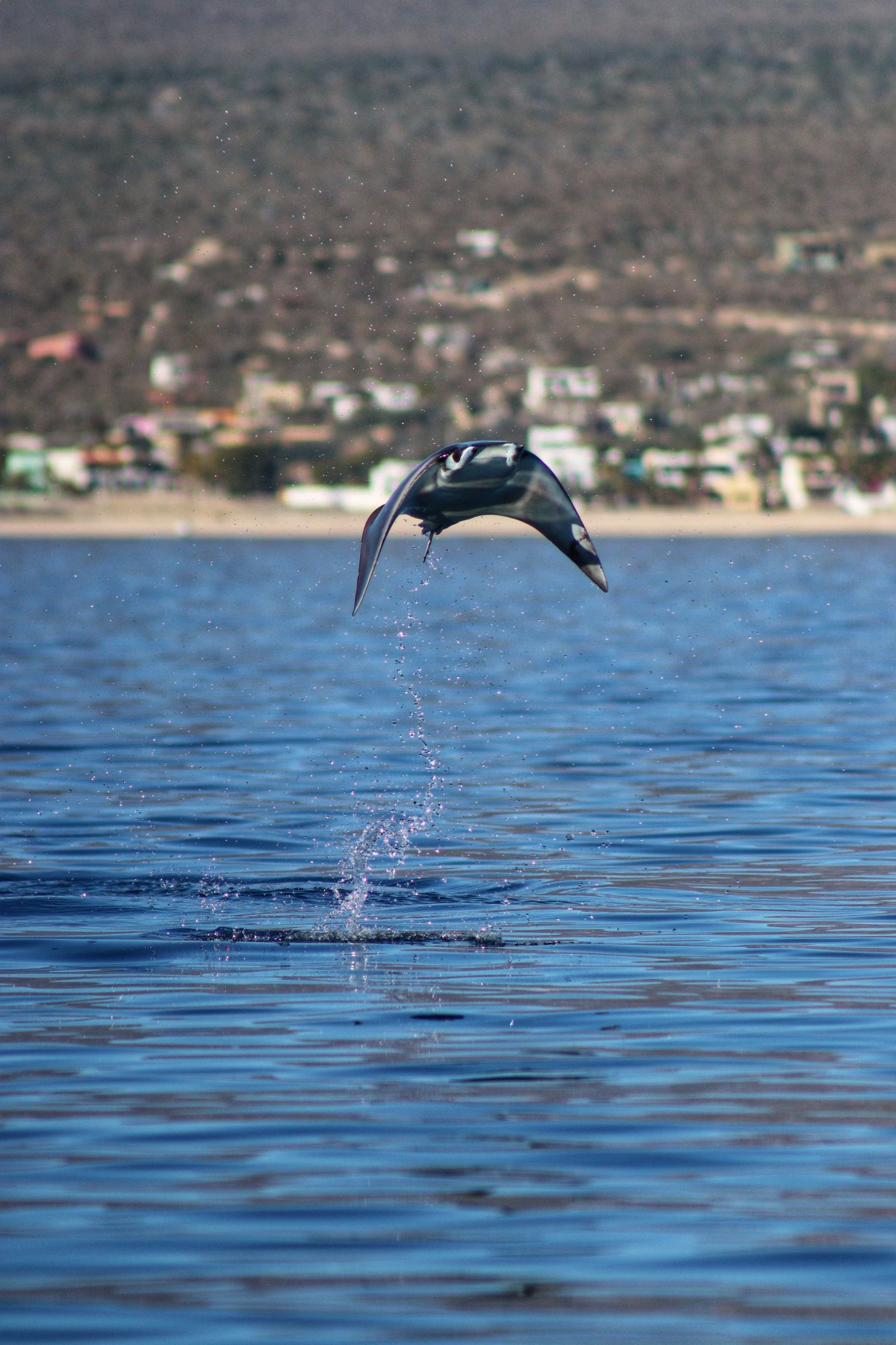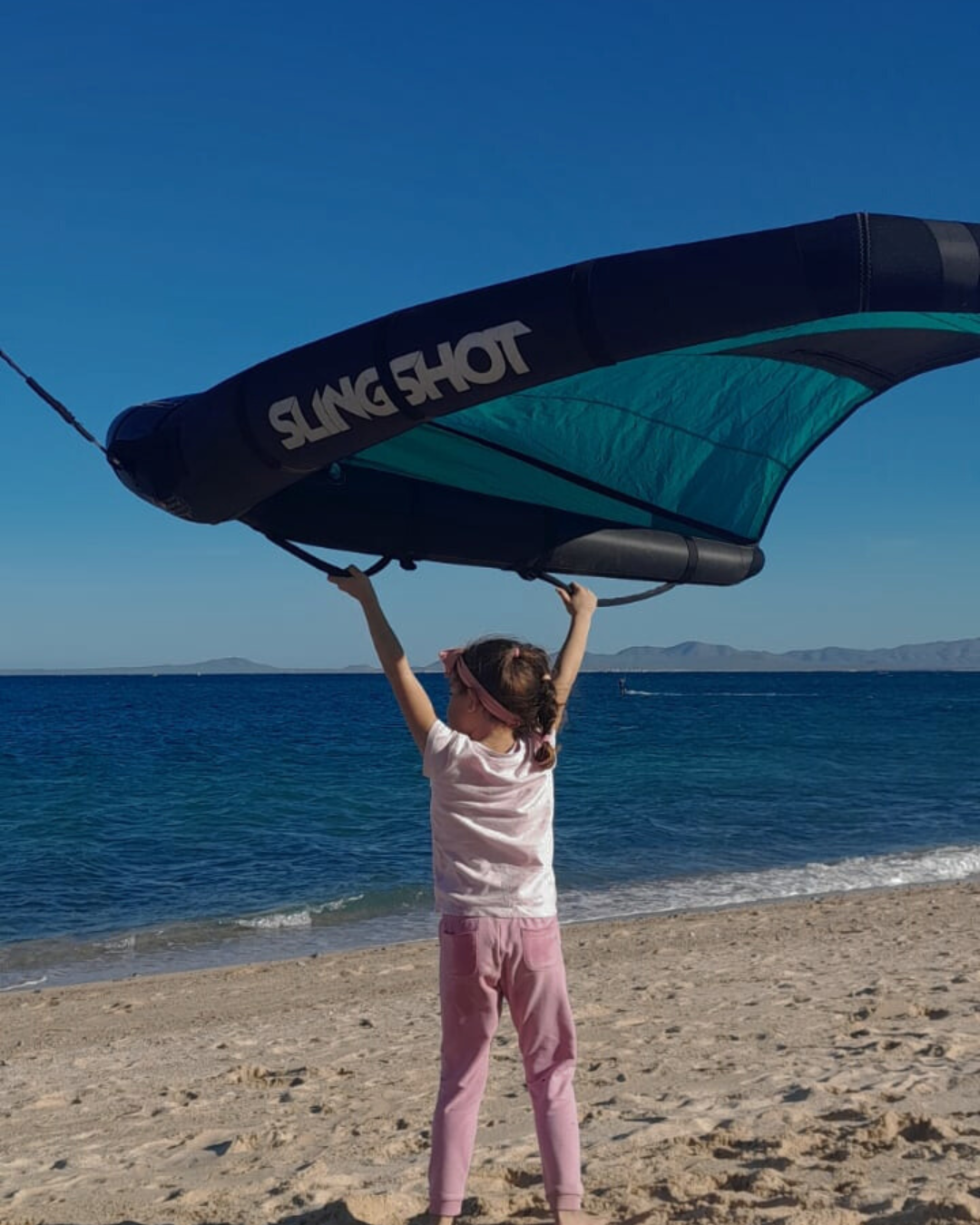While Magdalena Bay in Baja California Sur is famous for its awe-inspiring whale watching and serene mangrove ecosystems, there’s a lesser-known treasure tucked just inland: ancient petroglyphs etched into rock by early indigenous peoples. These hidden carvings offer a window into the region’s cultural past—and for those willing to hike a bit off the beaten path, they’re well worth the journey.
Where to Find the Petroglyphs
One of the most accessible sites to view petroglyphs near Magdalena Bay is the Rancho Moscú Petroglyph Trail. Located just inland from Puerto San Carlos, this hike leads visitors into the arid backcountry where stone carvings have stood the test of time.
The trail to the petroglyphs is about 3.5 kilometers (2.2 miles) round-trip and typically takes around two hours to complete. It’s rated as a moderate hike—not too steep, but expect uneven terrain, loose rock, and full sun exposure. Good footwear, water, and sun protection are essential.
If you’re planning a trip, we recommend working with local experts like Ventana Travel to arrange a guided experience. Having a knowledgeable guide can really enrich your understanding of the carvings’ significance and ensure a safe trek through this remote area.
Getting There
To start your adventure:
-
Base yourself in Puerto San Carlos, the launching point for most Magdalena Bay excursions.
-
Arrange transport to the Rancho Moscú area (preferably a high-clearance vehicle).
-
Optionally, connect with a guide or outfitter through Ventana Travel to take care of logistics and enrich your experience.
What You’ll See
Along the trail, you’ll encounter rock faces etched with symbols, figures, and patterns—evidence of the area’s first inhabitants and their connection to the land. The solitude of the desert landscape and the timeless nature of these carvings combine to create a spiritual and moving experience.
And if you’re a wildlife enthusiast, keep your camera ready! The hike offers opportunities to spot local birds and other desert wildlife. For those looking to capture the moment, check out our guide to the best cameras for bird watching in Southern Baja before you head out.
When to Go
The best time to hike is between November and April, when cooler temperatures make for more pleasant trekking conditions. Avoid midday heat, and consider starting your hike in the morning or late afternoon.
A Few Tips for a Great Visit
-
Bring plenty of water – there’s no shade or services along the trail.
-
Wear hiking shoes or boots – the terrain can be rugged.
-
Leave no trace – petroglyphs are protected cultural artifacts. Don’t touch or deface them.
-
Use a guide if you’re unfamiliar with the area or prefer added insight.
Exploring the petroglyphs near Magdalena Bay is an unforgettable way to connect with Baja’s deep and fascinating past. Whether you’re combining this hike with a whale-watching trip or seeking a quieter kind of adventure, this journey off the beaten path will leave a lasting impression.
Ready to plan your trip? Let Ventana Travel help you make the most of your time in Southern Baja.






































